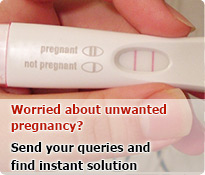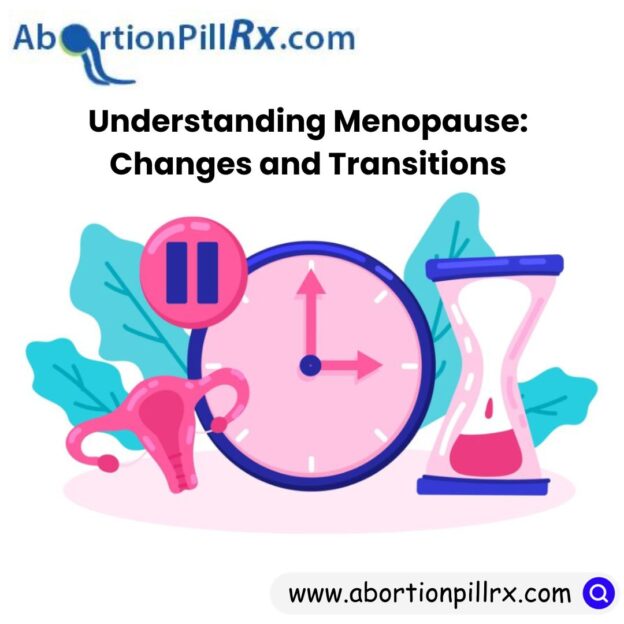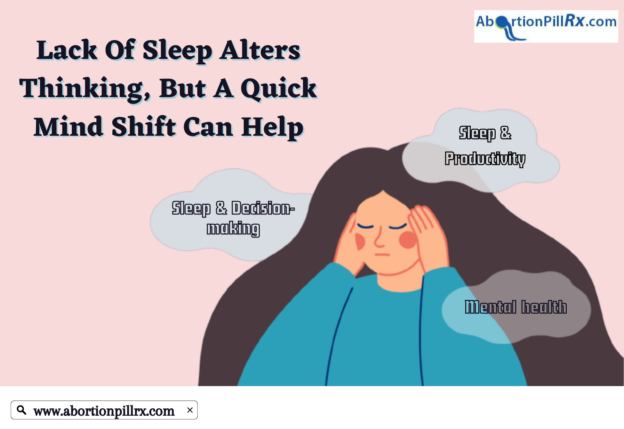Menopause is the absence of menstruation for a year, usually occurring between ages 40 and 55, with 51 as the median age. The transition involves fluctuating ovarian function, lasting 2-8 years before menopause. This progressive process, driven by hormonal changes, leads to clinical symptoms experienced by many women. You can check out Abortionpillrx for further information on this topic.
What Exactly Is Menopause?
A normal and unavoidable biological state is menopause. Nevertheless, a woman’s health may suffer as a result of the psychological effects and physical symptoms of menopause, such as hot flashes. They may cause you to feel less energized, interfere with your ability to fall asleep, and negatively impact your mental state. The bright side is that these signs may be adequately controlled with a variety of medications. These choices, which vary from making lifestyle changes to thinking about hormone treatment, are all intended to give you more ease and trust as you move through this stage of life.
Causes Of Menopause
Women’s ovaries contain a finite amount of eggs, which are stored there collectively with two essential hormones, progesterone and estrogen. The hormones in question regulate both the menstrual cycle and the process of ovulation, which releases eggs. Menopause is a typical part of aging that often occurs after turning forty. On the flip side, some women experience early menopause for a variety of factors. This can be due to damage to the ovaries, which is often caused by chemotherapy, or medical procedures like hysterectomy, which eliminates the ovaries. For unknown reasons, menopause beginning before age 40 is called “premature menopause.”
Menopausal Signs and Symptoms
Hot flashes are the most common type of vasomotor symptoms (VMS), which are the early indications of menopause. A hot flash is a quick, intense feeling of warmth that spreads throughout the upper body. It is frequently accompanied by flushing, sweating, and a fast heartbeat. Some people just see little flashes, but others could get rather serious symptoms.
- Fatigue
- Mood swings or depression
- Irritability
- Headaches
- Joint and muscle discomfort
- Weight changes
- Hair thinning
- Altered libido (sex drive)
And the additional list of symptoms:
- Irregular or missed menstrual periods
- Vaginal dryness
- Breast tenderness
- Increased frequency of urination
- Sleep disturbances
- Emotional fluctuations
- Dry skin, eyes, or mouth
Cardiovascular Disease and Menopause
The likelihood of developing cardiovascular disease (CVD) increases in the postmenopausal phase. In particular, the risk of coronary heart disease becomes two to three times higher for postmenopausal women in comparison to women of the same age who are still premenopausal. Notably, after the age of 65, one in every three women encounters some form of CVD. It’s worth mentioning that hormone therapy (HT) is no longer employed as a preventive measure for CVD, as indicated by the findings from the Heart and Estrogen-Progestin Replacement Study (HERS) trial and the Women’s Health Initiative (WHI). Nevertheless, ongoing research is exploring the potential impacts of the timing of HT initiation. Women’s wellness is affected in this case if not taken care of properly.
Diagnosis
For a variety of reasons, women experiencing the phase of menopause or having menopausal symptoms frequently see medical specialists. Menstrual cycle irregularities or absence, sleep disorders, mood swings, migraines, and hot flashes are a few examples of these. Many women use a variety of sources, including friends, family, online resources, and the media, in their quest for correct information regarding menopause; however, these resources may not always be reliable.
In addition to a comprehensive medical history, a physical checkup, and some laboratory testing, the initial medical assessment should include patient education. Compiling details on the patient’s social, sexual, familial, and pharmaceutical history is essential. A thorough physical examination can provide important information about a woman’s menopausal state.
Treatment
There are several groups that provide management guidelines for menopause; however, the North American Menopause Society is a dependable resource for factual and therapeutically meaningful information. Women should be made aware of the possible benefits and hazards of hormone treatment (HT) that might have an impact on their health. They should also be encouraged to make decisions according to their own risk assessment and standard of life factors. Nonetheless, there are several situations in which using HT is not advised.
Conclusion
To sum up, menopause is a normal stage in the life of a woman, and whether it brings about symptoms and consequences for health might vary greatly. The vagina and the base of the bladder are especially vulnerable to the effects of low estrogen levels, as are the skeletal and genitourinary systems. The degree of menopausal symptoms varies, thus deciding whether to pursue hormone treatment (HT) should be customized and assessed frequently to assess the advantages and disadvantages for each individual. Thankfully, a wide range of estrogen and progestagen alternatives are available, each with different dosages and methods of administration, to meet the specific requirements of women going through this time of life.





